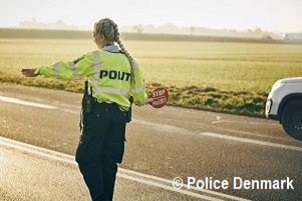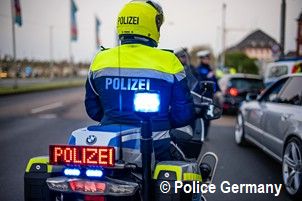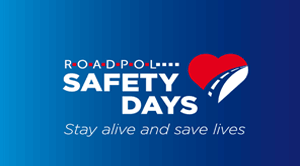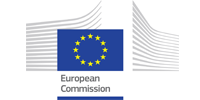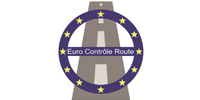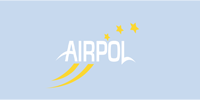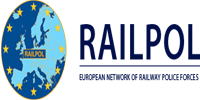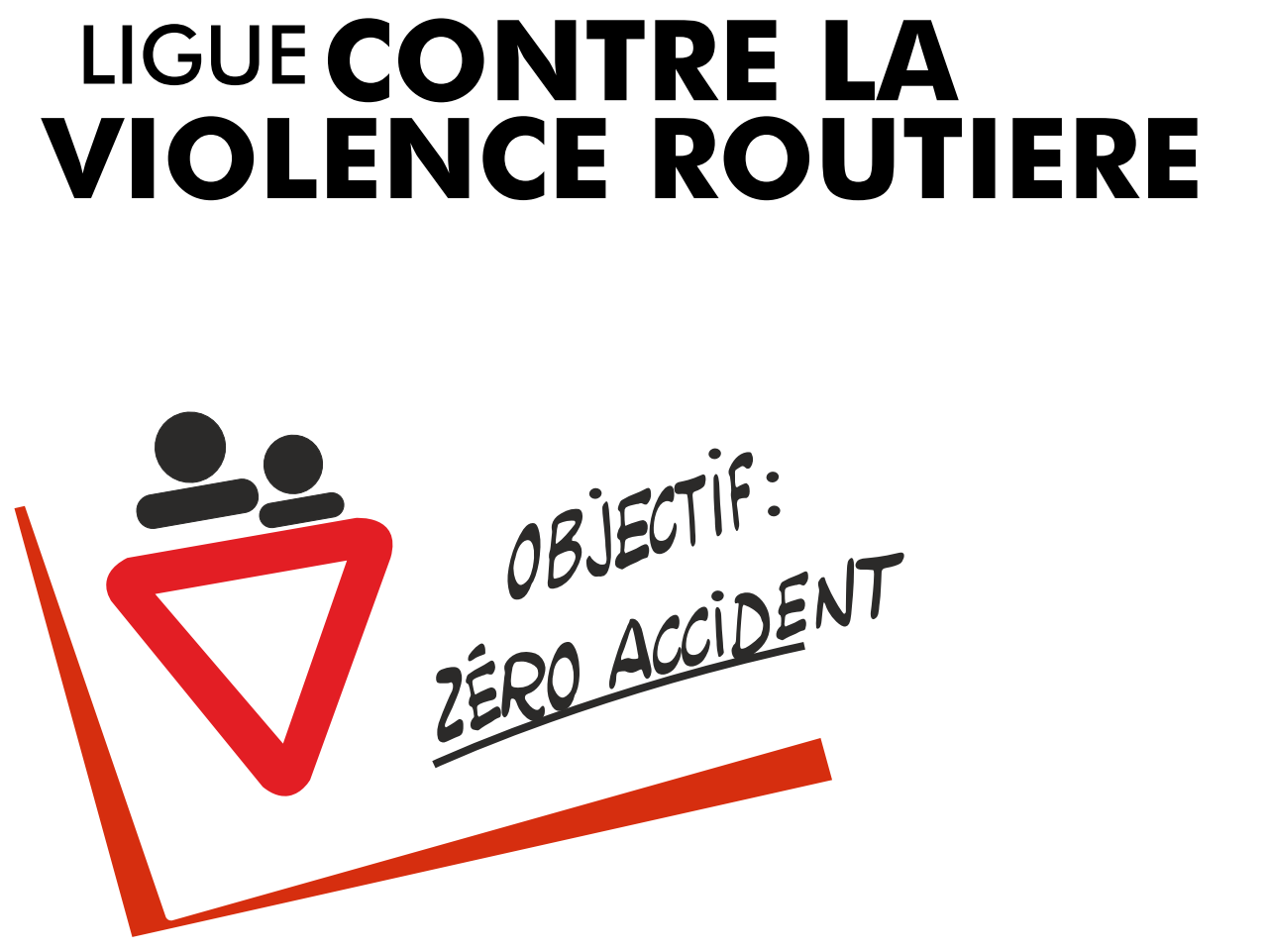Spain
This is a ROADPOL country driving guide to help drivers visiting Spain.
Visitor Information:
SPAIN, officially the Kingdom of Spain, is located on the Iberian Peninsula in Europa. Its territory also includes two archipelagoes (the Canary Islands off the coast of Africa, and the Balearic Islands in the Mediterranean Sea) and two African enclaves (Ceuta and Melilla).
Geographically Spain is at the southern Europe. Its border countries are: France, Andorra, Portugal and Morocco.
Spain has an area of 505,990 km2, and its Capital is Madrid, the country has 46,73 million inhabitants and 33 million registered vehicles, of which 23,5 million are passenger cars, 2,6 million are trucks, 2,3 million are vans, 3,32 million are motorcycles, and the rest are other vehicles.
The road network of Spain has 165,686 kilometers: 26,393 km that are managed by State Roads Network, 71,325 km by the Autonomous Communities and 69,968 km by the Provincial Councils.
In addition to this road, the municipalities are responsible for 489,698 (361,517 km are interurban).
Finally, there are 11,355 km of roads dependent on other organisms.
Of the entire network, 17,163 km are high-capacity roads (toll roads, free highways, dual carriageways and multi-lane roads).
Collision & Breakdown Information:
In case of breakdown:
- Use hazard lights, if the fault occurs at night you must also activate the position light.
- Remove the vehicle to the shoulder or to a safe area whenever possible.
- The vehicle should be indicated by the warning triangles, in all vehicles it is mandatory to carry a set of emergency triangles, (before leaving the car it’s mandatory that the driver wears the emergency jacket).
- If the fault occurs on a two-way road you must place a triangle in front and one behind at a minimum distance of 50 meters from the car. The goal is for the triangle to be visible to the rest of the users at least 100 meters away.
- In the event that the fault occurs on a motorway or highway, it will only be necessary to use an emergency triangle on the back of the vehicle. In the same way that in two-way roads you will have to place it 50 meters away from the car and it will be visible from 100 meters.
- Once you have protected the area you can call the roadside assistance service you have hired or your insurance company to send a crane to the area, while waiting for the assistance service to arrive, you should wait as far as possible from the road to avoid unnecessary accidents or risks and always with the emergency jacket on!
In case of traffic accident:
Drivers and other road users who are involved in a traffic accident are obliged to adopt the necessary measures to assist or request assistance to attend to the victims, if any, provide their collaboration to avoid further danger or damage, restore, as far as possible, the security of the circulation, clarify the facts and collaborate with the Authority or its Agents.
Every driver or user of the road involved in a traffic accident, as far as possible, you should:
- Keep calm to act properly (protect, alert, help).
- Stop as soon as possible, but avoid create a new danger for the circulation.
- Remove the vehicle to the shoulder or to a safe area whenever possible, make all useful data available to other participants of this event.
- If it is necessary call immediately the emergency services 112.
- Help the injured, once requested the sanitary help (always with the emergency jacket on).
Useful Phrase 1 - English:
Call the Police!
Useful Phrase 1 - Destination:
Llame al policía!
Useful Phrase 2 - English:
Do you speak English?
Useful Phrase 2 - Destination:
¿Habla usted inglés?
Useful Phrase 3 - English:
My car has broken down.
Useful Phrase 3 - Destination:
Mi coche está averiado.
Useful Phrase 4 - English:
Where is the nearest fuel station?
Useful Phrase 4 - Destination:
¿Dónde está la gasolinera más cercana?
Useful Phrase 5 - English:
I am lost.
Useful Phrase 5 - Destination:
Estoy perdido (or perdida feminine).
Useful Phrase 6 - English:
Thank you.
Useful Phrase 6 - Destination:
Gracias.
Road Traffic Policing:
Guardia Civil Traffic Police Force
This Unit, is responsible for survelling, regulating, providing assistance and controlling road traffic, road safety and transport in intercity roads. It has been entrusted with the following tasks: to assist and protect the users of publics roads; to control and maintain the discipline required to ensure the free flow of intercity traffic; to investigate and draw up reports corresponding to proceedings undertaken due to road traffic accidents; and to supervise and ensure compliance with regulations on transport by road.
Road Traffic Enforcement:
Focus on the road
“It is forbidden to use any type of headphone or headset connected to audio receivers or audio players or other devices that reduce the permanent attention to driving, except during the performance of proficiency testing open circuit for obtaining driving license in the terms determined by regulation.
It use is prohibited while driving mobile devices, browsers or any other means or communication system, except when the development of the communication takes place without using your hands or wear helmets, headphones/headsets or similar instruments.
Exempted from the ban's enforcement officers in the exercise of the functions that are entrusted.”
The penalty for those found guilty of doing so is €200 and 3 penalty points on their driving licence.
Safety belt
The use of the safety belt as well as the child restraint systems are mandatory in Spain.
Do not use the safety belt has an economic penalty of 200 euros and the withdrawal of 3 points of driving license.
Individual limits and specific driving requirements:
Speed limits in Spain
Motorways and dual carriageways: 120 km/h – 75 Mph.
Secondary roads: 90 km/h – 62 Mph.
Buit-up areas: 50 km/h – 31 Mph.
For further information go to:
http://ec.europa.eu/transport/road_safety/going_abroad/spain/index_en.htm
Driving licence recognition and validity in Spain
The permits issued in countries of the European Union and the European Economic Area (Iceland, Liechtenstein and Norway) are valid for driving in Spain.
Those recognized in particular international agreements in which Spain is a party.
The validity of the different permits, will be conditioned to be within the period of validity.
The holder has the required age in Spain to obtain the equivalent Spanish driving licence:
|
CATEGORY |
VEHICLE TYPE |
MINIMUM AGE |
|
AM, |
Mopeds |
15 |
|
A1, |
Light motorcycles |
16 |
|
A2, B, B+E, C1, C1+E |
Standard motorcycles |
18 |
|
A |
Heavy motorcycles |
20 |
|
C, C+E, D1, D1+E |
Large vehicles |
21 |
|
D, D+E |
Buses |
24 |
NB: IMPORTANT
► If you have received a traffic violation ticket, please, look at the following link:
https://sede.dgt.gob.es/es/tramites-y-multas/alguna-multa/alguna-multa-en/


